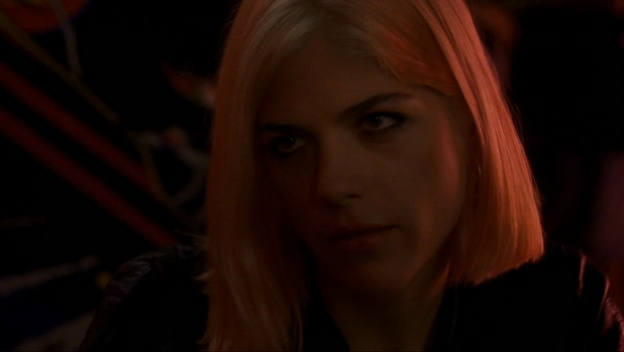

Things that shock us and things that we can empathise or relate with are likely to stay with us for a much longer period of time than things we cannot relate to and those which do not provoke a strong emotional reaction. Memorability is a crucial part of the success of any movie. I will now talk you through why I believe those three factors are what really allow Noe’s work to stand out. Using the body as a storyteller creates an intimacy between the screen and ourselves, allowing us to immerse ourselves fully in what we see as if we were really there. So is it the creative nature of this imagery that gives Noe such an edge over other directors? I would say there are three main factors in why Noe’s work has made such a name for him-memorability, relatability, and shock. Pleasure and pain are two of the most natural things for the body to express, and when done correctly, this can be incredibly artistic. While Love focuses very specifically on sexual imagery, Climax uses dance and hallucinogens to twist the human body into a storyteller.Īs Noe uses the body to tell his stories visually, it makes sense that sex and violence play a vital role in that image. Less obvious than the specifically sexual imagery throughout, we see continued use of the body in this way. As you move towards his later work, notably 2018’s Climax and 2015’s Love, you begin to see a more deliberate use of the body to demonstrate the moods and themes of his films. The frequent use of the body as a visual stimulus to promote interest and relatability creates the illusion of rawness, despite the well-thought-out nature of all of Noe’s work. Gaspar Noe has always been known for using sexually explicit and violently jarring scenes in his work.

Through memorability, relatability, and shock, the stories Noe tells always stay with us long after we have viewed them, whatever we thought of them at the time. The film tells the story of the drug-related death of Oscar, the protagonist, and what he sees after his death.
Storytelling sex scene movie#
The opening scenes of the movie introduce us to this very early on, as we see a sexual scene in what appears to be a strip club, followed by a flurry of crazy colours and patterns in Noe’s representation of hallucinogenic imagery. Similarly, Enter The Void is an extremely violent film. It is violent throughout and displays scenes of extreme gore and sexual violence. Robert Ebert, an American film critic, called Noe’s work here, “so violent and so cruel that most people will find it unwatchable”. You don’t see Alex recover you see what is taken from her. It also means the scene we are left with at the end has the romantic feel we lack everywhere else. It is told in reverse chronological order, which makes the storyline a little difficult on the first watch. Irreversible tells the story of a woman (played by Monica Bellucci) who is raped in an underpass in Paris. All three of these films feature violence, sex, and distorted imagery in spades. After the release of Irreversible in 2002 he went on to direct five feature films to date, the most popular of which aside from Irreversible itself are Enter The Void (2009), and Climax (2018). Before 2002, Noe was relatively unknown and directed mostly commercials and music videos. The only logical place to begin is with a brief overview of the two particular works being discussed. For this evaluation his works Irreversible (2002), and Enter the Void (2009) will be carefully examined to establish what it is about these themes which allow him to tell his stories in such a powerful way. He is widely recognised for his dark, disturbing themes, and his focus on violent imagery–which is often sexual in nature. Gaspar Noe is a popular French creator (born to French and Argentinian parents, he now lives in Paris and directs French-language films) who has directed, to date, five feature-length films.


 0 kommentar(er)
0 kommentar(er)
